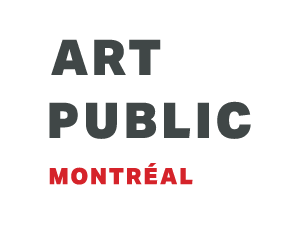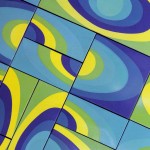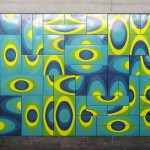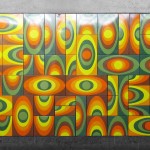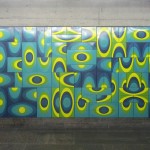
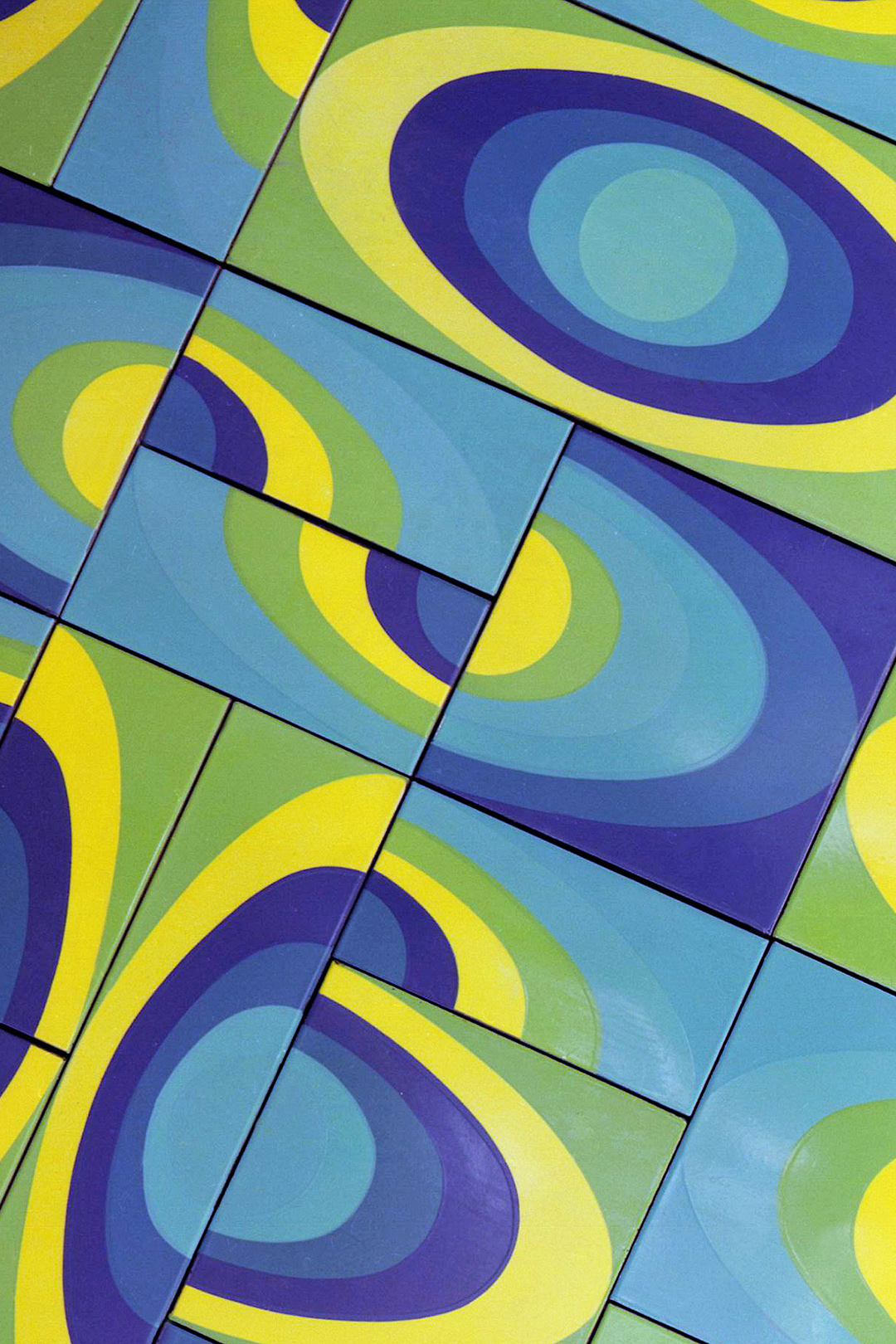
A graduate of the École du meuble in 1949, Jean Cartier studied ceramic art with Pierre-Aimé Normandeau. During a stay in France (1949–51), he attended the studio of ceramicist Jean Besnard. He then became a professor at the École du meuble, the Institut des arts appliqués, and the Canadian Handicraft Guild. He also founded a studio-school that was attended by about forty students, including Jordi Bonet. In 1959, Cartier went to Sweden, where he registered at the Stockholm School of Applied Arts and visited a great number of ceramics and glassware studios and factories. He was later named senior designer at the Céramique de Beauce cooperative.

Artwork description
The two corridors leading to the station’s exits each contain a mural by Jean Cartier. The artist created oval-shaped patterns in warm colours for the south exit and in cool colours for the north exit.
